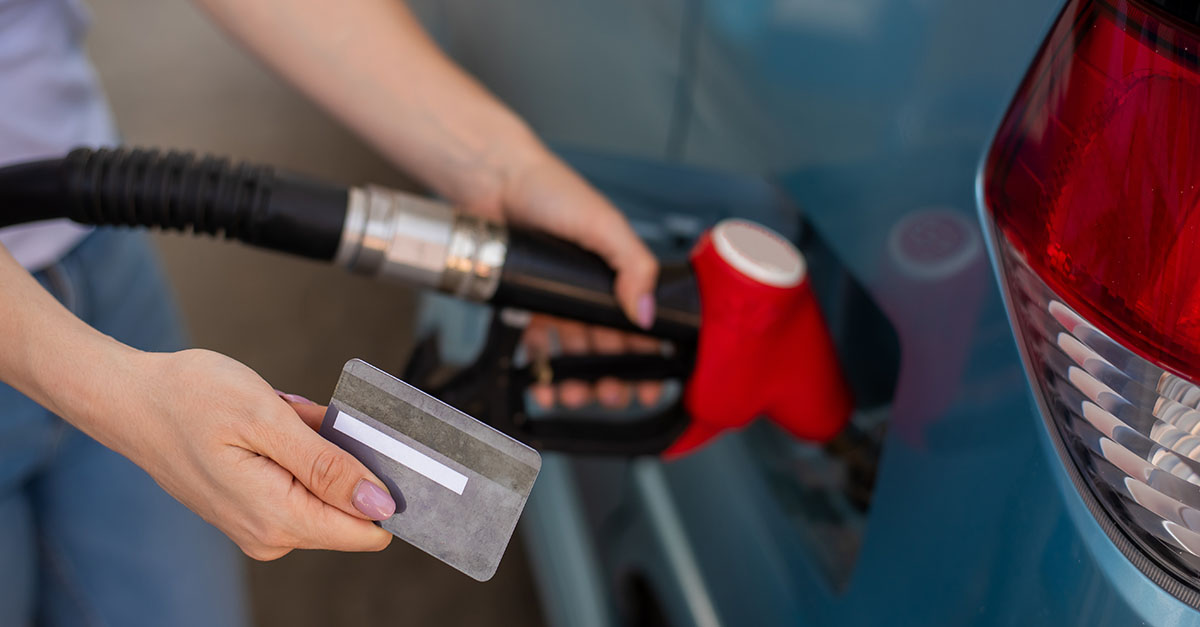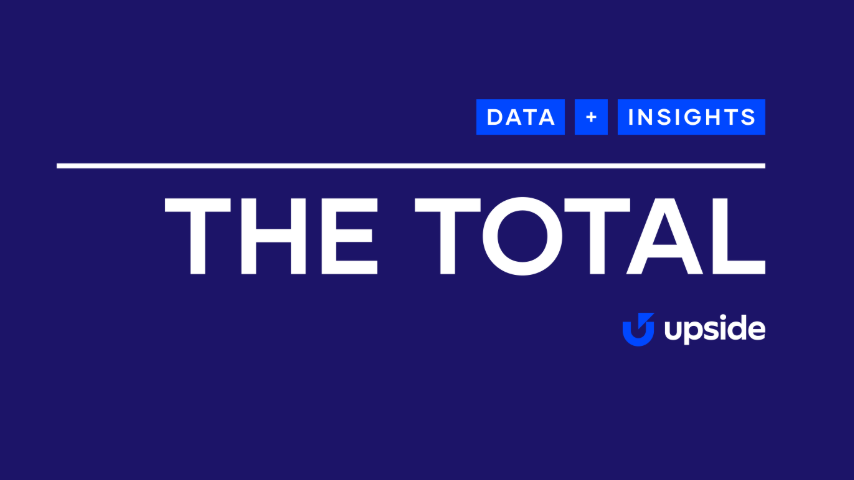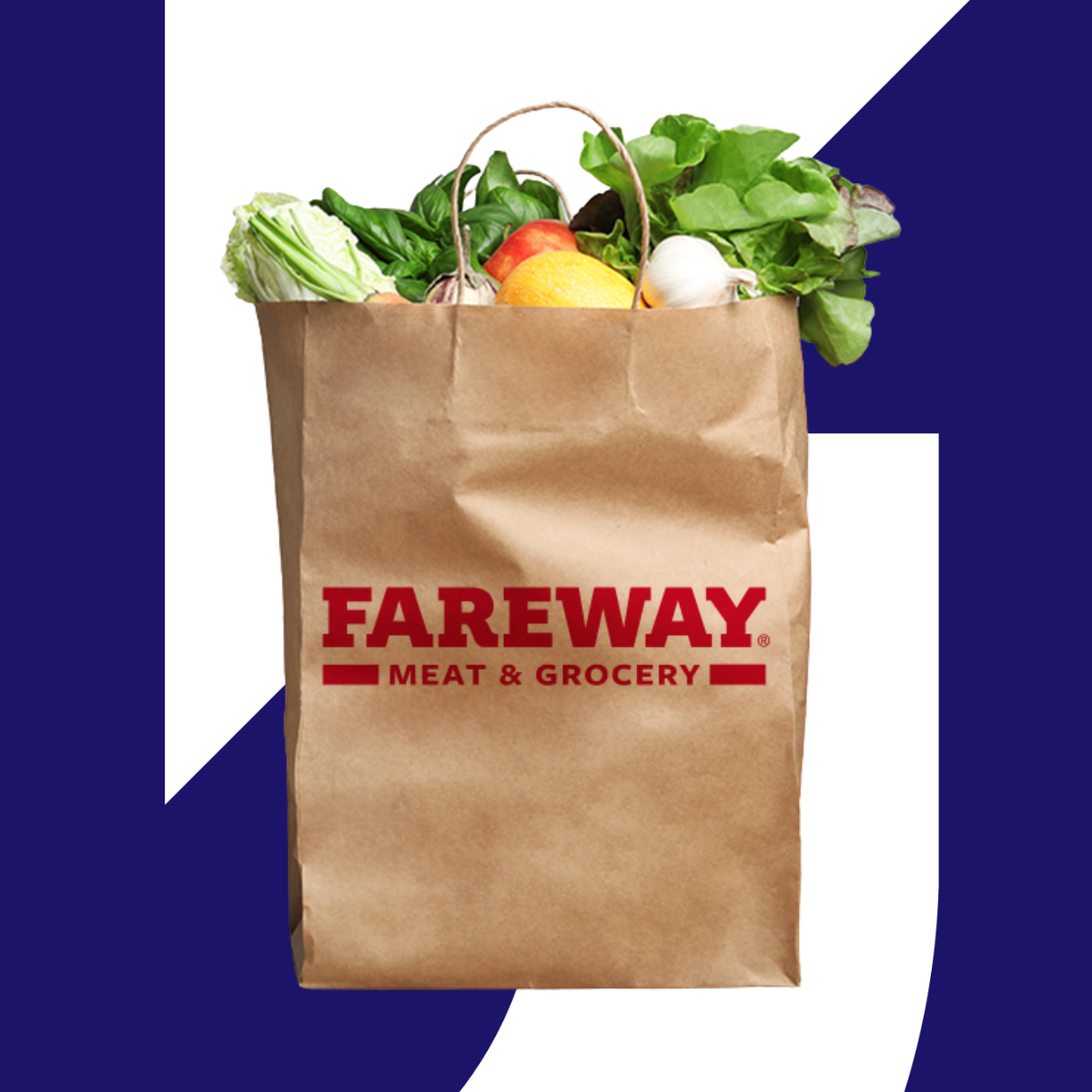How to increase customer loyalty in a restaurant

The Upside Team
The restaurant industry faces a loyalty challenge. Many restaurants have invested heavily in loyalty programs, yet customers continue to visit multiple restaurant brands each month, prioritizing convenience, value, and variety over brand loyalty.
This shift in consumer behavior presents both a challenge and an opportunity for restaurant operators. While traditional loyalty programs remain valuable, they're no longer sufficient on their own to drive the repeat visits and increased spending that fuel profitable growth. The most successful restaurants are those that understand this new reality and adapt their retention strategies accordingly.
The loyalty challenges facing restaurants today
Customer loyalty program fatigue hurts engagement
Many consumers belong to loyalty programs across industries but actively engage with only a fraction of them. In restaurants, this translates to enrolled customers who continue distributing their dining occasions across multiple brands rather than concentrating visits with your business.
Even when customers do enroll in your program, early churn remains a persistent problem. Many loyalty programs see significant member churn in the first month after signup, and enrolled customers often remain inactive despite their membership status. This creates a costly cycle where you're constantly investing in acquiring new members to replace those who've become disengaged.
Modern diners prioritize variety over loyalty
Today's restaurant customers want different cuisines, experiences, and value propositions rather than defaulting to familiar choices. Key factors driving this behavior include:
- Digital exposure to new restaurant options through social media and review platforms.
- Food delivery apps that promote variety over brand loyalty.
- Economic pressures that make consumers more promotion-responsive.
This change in consumer behavior challenges the basic assumption of loyalty programs — that customers prefer regular visits over concentrated spend.
Timing misalignment reduces effectiveness
Many traditional loyalty programs are designed to reward long-term behavior rather than encourage immediate return visits. A customer might earn points on their first visit, but those points may not translate into meaningful rewards until after multiple future visits. For modern diners who are evaluating numerous dining options, this delayed gratification model can be less compelling than immediate value propositions.
The problem is compounded by spontaneous decision-making patterns. Many restaurant visits are decided shortly before arrival, and a significant portion are determined while customers are already out looking for food options. This spontaneous approach favors restaurants that can capture attention at the moment of choice rather than those relying on pre-planned loyalty benefits.
Limited attribution makes ROI unclear
Traditional loyalty programs struggle to prove their incremental impact on customer behavior. When loyalty members visit your restaurant, it's often difficult to determine whether they would have visited anyway or if the loyalty program influenced their decision. This attribution challenge makes it hard to calculate the true return on investment of your loyalty marketing spend.
Many programs also operate in isolation from other marketing efforts. Without clear attribution, you might be rewarding customers for behavior they would have exhibited regardless of your loyalty program. This makes it difficult to define clear reasoning behind your customer retention rate.
Strategic solutions for increasing restaurant loyalty
Building customer loyalty requires moving beyond traditional point-based programs to embrace strategies that address modern diners. The most successful approaches combine immediate value with personalized engagement to capture customers at the critical moment of decision.
Layer multiple promotion strategies
Rather than relying solely on traditional loyalty programs, restaurants are combining multiple retention strategies to create compounding value. The most effective combination pairs traditional loyalty benefits with personalized cash back offers. While your existing loyalty program builds long-term engagement through points and tier status, personalized cash back provides immediate value. This dual approach addresses planned visits from loyal customers and spontaneous dining decisions from uncommitted customers.
Focus on early engagement windows
The critical intervention point for customer retention isn't months into the customer relationship — it's immediately after the first visit. Early engagement is crucial for building long-term customer relationships, as the initial post-visit period represents the best opportunity to encourage repeat visits.
This insight requires shifting from long-term loyalty building to immediate re-engagement strategies. Instead of waiting for customers to accumulate enough points for rewards, provide immediate promotions that encourage prompt return visits after the first experience.
Effective early engagement tactics include:
- Personalized offers delivered at the time of decision-making.
- Time-sensitive promotions that create urgency for return visits.
- Targeted offers based on initial purchase behavior.
Implement personalized promotion strategies
Modern diners respond strongly to offers that address their individual preferences and visit patterns. A customer who rarely tries Italian cuisine might be motivated by a compelling pasta promotion, while a regular lunch visitor might increase dinner frequency with targeted evening offers. Personalized promos are a key part of creating memorable dining experiences.
Personalization goes beyond demographic targeting to include behavioral insights. Understanding when customers typically visit, what they usually order, and how price-sensitive they are enables you to craft offers that genuinely influence behavior.
The key is finding each customer's unique value point — the specific offer that motivates them to choose your restaurant over alternatives. This approach avoids over-discounting to customers who would visit anyway.
Leverage digital touch points for real-time engagement
Since many dining decisions happen spontaneously while customers are on the go, successful retention strategies must reach customers at the moment of choice. This requires moving beyond email marketing to embrace mobile-first engagement strategies.
Effective digital engagement approaches:
- Location-based mobile notifications when customers are near your restaurant.
- Integration with popular apps that customers use for dining decisions.
- Social media re-marketing to stay visible during the decision-making process.
Create marketplace advantages through strategic partnerships
Individual restaurants may lack the marketing reach to stay top-of-mind for uncommitted customers. Partnering with established digital marketplaces can dramatically expand your customer reach while providing the personalized promotions that drive behavior change.
Marketplace partnerships offer several advantages over independent marketing efforts. They provide access to large customer bases, professional marketing support, and sophisticated personalization technology that individual restaurants can't develop internally.
The most effective partnerships complement your existing loyalty efforts, creating additional touch points that guide customers back to your restaurant while protecting the profitability of each transaction.
How Upside drives profitable restaurant loyalty
Upside solves the restaurant loyalty challenge by providing personalized cash back offers that influence customer behavior at the moment of decision. Unlike traditional loyalty programs that reward past behavior, Upside drives new, incremental visits while protecting your profit margins.
Proven incremental impact on customer behavior
Upside's personalized promotion engine creates unique offers for each customer based on their individual value point. This personalization ensures you're not over-discounting to customers who would visit anyway, while providing compelling offers to uncommitted diners who need motivation to try your restaurant.
The platform uses sophisticated measurement methodology to prove incremental impact on every transaction. Upside only takes credit for sales we can directly attribute to our platform, ensuring you get clear ROI metrics rather than vanity metrics like impressions or clicks.
Seamless integration with existing operations
Upside requires no operational changes to your restaurant. Customers claim cash back offers in the Upside app, visit your restaurant, and pay with their regular credit or debit card. The platform automatically verifies transactions and distributes cash back, creating a frictionless experience for both you and your customers.
Key operational benefits:
- Same customer interaction at point of sale.
- Works alongside your existing loyalty programs and marketing efforts.
- Launch in days rather than weeks or months.
Profit-share model protects your margins
Unlike traditional marketing channels that charge fees based on impressions, clicks, or total sales, Upside uses a profit-share cost structure that ensures you always maintain positive ROI. You never pay unless Upside drives proven profit to your business.
Ready to increase customer loyalty and drive profitable growth? Upside has helped over 65,000 restaurants boost customer acquisition and retention without increasing operational costs. Request a demo today to see how personalized cash back can deliver measurable incremental profit to your business.
Explore more insights and ideas on the Upside blog.
Frequently asked questions
How do I increase customer loyalty in my restaurant?
Focus on early engagement after the first visit, layer multiple strategies including personalized promotions, and ensure you can measure the incremental impact of your retention efforts. The most effective approach combines traditional loyalty programs with immediate value propositions that influence spontaneous dining decisions.
What are the biggest challenges with restaurant loyalty programs?
Modern loyalty programs face loyalty program fatigue, variety-seeking customer behavior, and timing misalignment between rewards and decisions. They also struggle with attribution challenges and increased competitive pressure from digital channels that promote restaurant variety over brand loyalty.
How can restaurants compete with food delivery apps for customer loyalty?
Restaurants should focus on personalized value propositions that reach customers at the moment of decision. This often happens through partnerships with digital platforms that provide marketplace reach while maintaining direct customer relationships and profit margins.
What's the difference between traditional loyalty programs and cash back incentives?
Traditional loyalty programs reward long-term behavior with points that convert to future benefits, while cash back incentives provide immediate value that influences short-term decisions. The most effective retention strategies layer both approaches to address different customer behaviors.
Share this article:
The Upside team is made up of data scientists and industry experts who are passionate about delivering empowering content to our readers. With a focus on providing practical insights and meaningful perspectives, we create engaging materials across a wide range of topics. From exploring industry trends and offering expert analysis to sharing useful tips and inspiring ideas, our team works diligently to provide you with the information you need to thrive.
Request a demo
Request a demo of our platform with no obligation. Our team of industry experts will reach out to learn more about your unique business needs.









.png)





